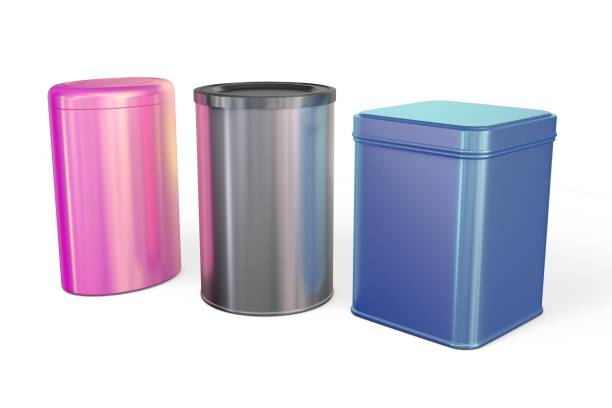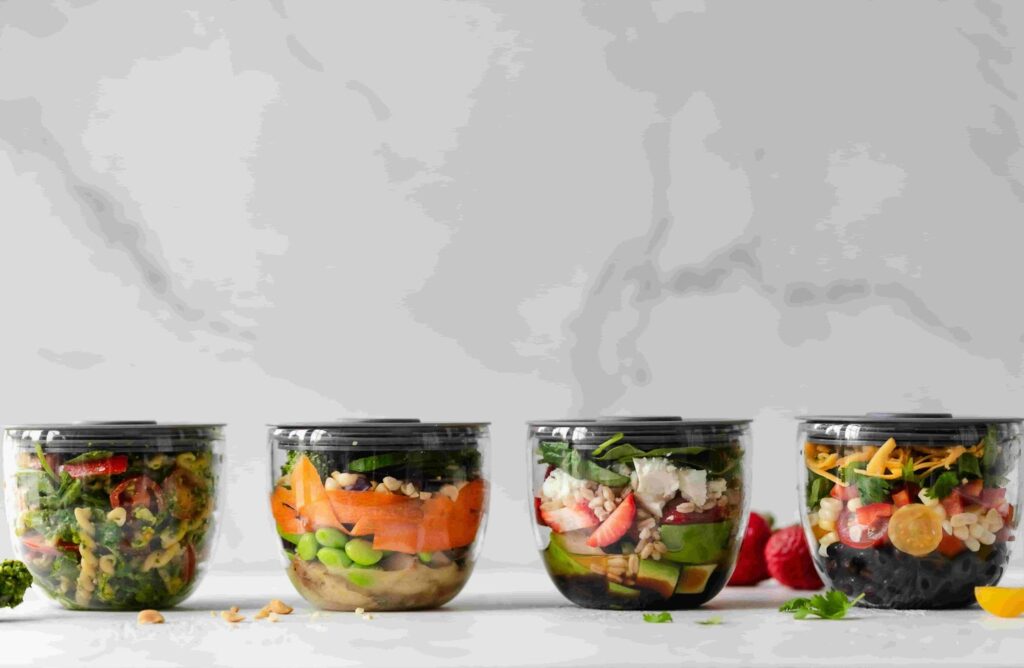Regarding packaging, metal and cardboard boxes offer unique advantages and drawbacks depending on their intended use. In this article, we’ll compare metal and cardboard packaging across several key categories, including durability, cost, environmental impact, and versatility.
We’ll also address common questions such as: What are the disadvantages of metal packaging? and Which packaging option is the most environmentally friendly? Let’s take a look together!
Durability and Protection

Metal boxes are highly durable, providing excellent protection against moisture, pests, and extreme temperatures. They’re ideal for long-term storage of products like electronics, food, or fragile items. Additionally, metal packaging prevents contamination, making it a top choice for industries such as pharmaceuticals and food.
The 6×16 Cube Cardboard Box size is commonly used for shipping medium to large items, offering a balance of cost and protection. Smaller cardboard boxes are also available for your needs.
Advantages of Metal Boxes
- Highly durable and resistant to damage from impact, moisture, and environmental factors.
- Ideal for heavy-duty or valuable items that require secure packaging.
- Airtight and watertight, protecting items from contamination.
Disadvantages of Metal Boxes
- Can be heavy, making them less cost-effective for shipping large quantities.
- Typically more expensive to produce due to the raw materials and manufacturing process.
In summary, metal boxes are perfect for high-value or heavy items requiring strong, long-lasting protection. However, they come at a higher cost and may not be the best choice for lightweight or bulk items.
Advantages of Cardboard Boxes
- Lightweight and flexible, making them easy to store and transport.
- Cost-effective, particularly for bulk shipping or less fragile items.
- Can be reinforced or customized with additional layers to improve strength.
Disadvantages of Cardboard Boxes
- Less durable than metal; prone to damage from moisture, rough handling, or heavy weights.
- Cannot provide airtight or watertight protection unless specially coated.
Cardboard boxes are suitable for many everyday items, especially when cost is a priority. They are lighter and easier to handle than metal boxes, but they may not offer the same level of protection. You can choose the packaging method that suits you according to the actual situation.
Cost Comparison
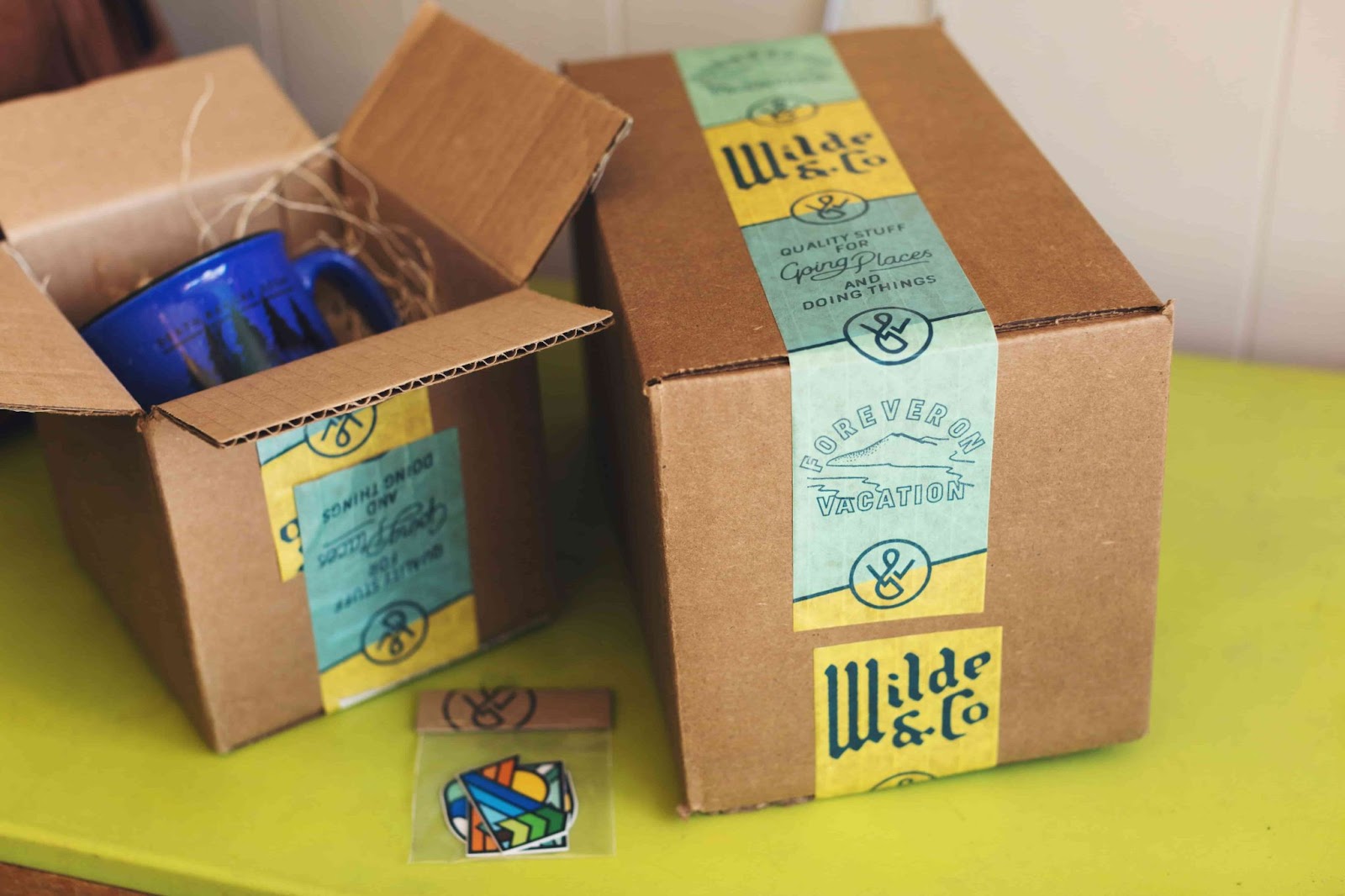
Metal boxes are generally more expensive due to the higher material costs (such as aluminum and steel) and the complex manufacturing process. They are also heavier, which increases shipping costs, especially for large shipments.
As a result, metal boxes are typically used for premium products like high-end electronics or specialized industrial goods.
On the other hand, cardboard boxes are a more cost-effective choice for most packaging needs. They are available in various sizes, from small shipping boxes to large storage boxes. With lower production and material costs, they are ideal for shipping everyday goods, and many online suppliers offer bulk discounts for large orders.
Advantages of Metal Boxes
Provides long-term value due to its durability.
- Often used for premium, high-value items that justify the higher price tag.
Disadvantages of Metal Boxes
- More expensive in terms of material, manufacturing, and shipping costs.
Metal boxes are best suited for high-end products, where durability and brand value are key. However, for bulk shipping, the cost can quickly become prohibitive.
Advantages of Cardboard Boxes
- Affordable, especially when purchased in bulk.
- Lightweight, reducing overall shipping costs.
Disadvantages of Cardboard Boxes
- Not suitable for high-end or fragile items without additional reinforcement.
- Can’t offer the same level of security as metal for high-value goods.
Cardboard boxes are the most budget-friendly option for most packaging needs. They are great for bulk shipping or products that don’t require high protection.
Environmental Impact
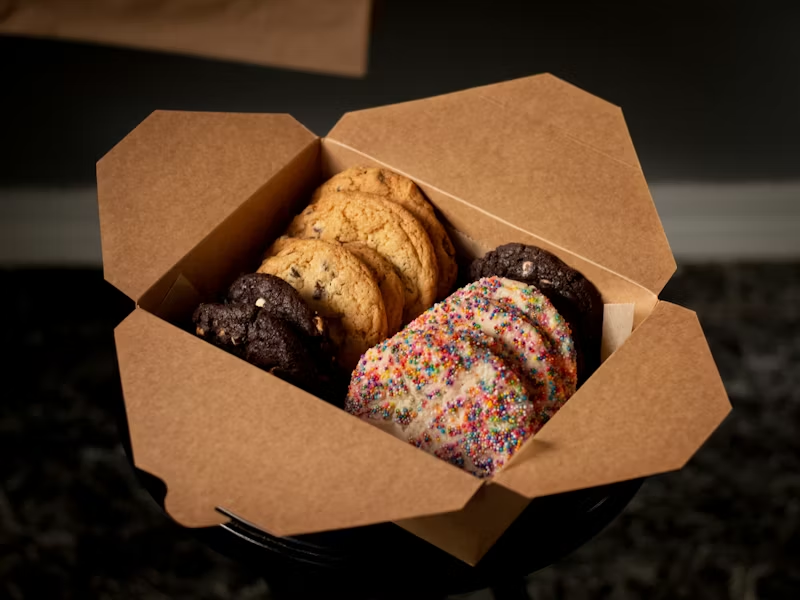
Metal packaging raises environmental concerns due to the resource-intensive processes of mining, refining, and manufacturing, which increase its carbon footprint. Additionally, metals are non-biodegradable and can linger in landfills if not properly recycled.
In contrast, cardboard is a more eco-friendly option. It’s biodegradable, recyclable, and made from renewable wood pulp. Easier and more cost-effective to recycle than metal, many cardboard boxes are produced from recycled materials, supporting a circular economy.
Advantages of Metal Boxes
- Highly recyclable, especially metals like aluminum and steel.
Disadvantages of Metal Boxes
- Production is energy-intensive, requiring significant resources.
- Not biodegradable, meaning they can contribute to landfill waste if not properly recycled.
While metal is recyclable, the production process is more resource-heavy, and improper disposal can harm the environment. So it’s important to ensure that metal packaging is properly recycled.
Advantages of Cardboard Boxes
- Biodegradable and made from renewable resources.
- Easy to recycle and often made from recycled content.
- Low carbon footprint during production.
Disadvantages of Cardboard Boxes
- While recyclable, cardboard is still susceptible to damage from moisture and may require additional coatings to increase its durability.
Cardboard boxes are far more environmentally friendly than metal boxes due to their biodegradability, lower carbon footprint, and recyclability. They are often considered the best choice for sustainable packaging.
Strength and Versatility
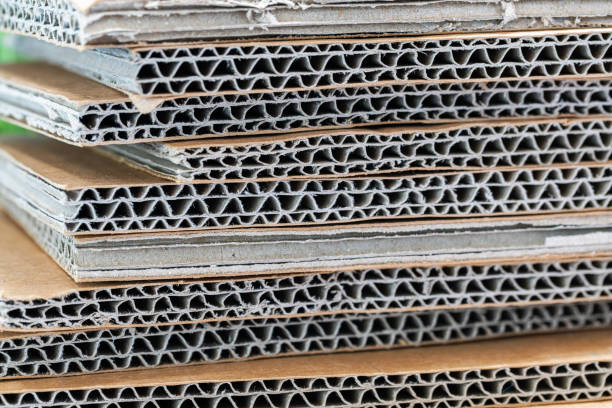
Metal boxes such as some types of food tins from TINMEN are highly durable, providing excellent protection for items that need to endure heavy wear. Their strength makes them ideal for storing and transporting valuable or sensitive goods. However, their weight can be a disadvantage for some products.
Cardboard boxes are lightweight and flexible, making them perfect for everyday items that don’t require extreme durability. They are also highly customizable in size and design. For example, 16×16 cube cardboard boxes are a popular choice for general shipping, offering a good balance of cost and protection.
Advantages of Metal Boxes
- Extremely strong and resilient to physical damage.
- Ideal for heavy-duty and valuable products.
Disadvantages of Metal Boxes
Metal boxes provide maximum strength, but their weight can limit their versatility, especially for lighter products or large volumes of shipping.
Advantages of Cardboard Boxes
- Lightweight and versatile.
- Customizable for a wide range of product types.
Disadvantages of Cardboard Boxes
- Less protection for heavy or delicate items without extra padding.
- Cardboard boxes are ideal for lighter, non-sensitive products, and are flexible enough for a wide range of uses.
At TINMEN, as a custom tin box manufacturer since 1993, we use metal shells as the most common packaging material and can provide you with metal tin cans that can be used for different purposes, such as cookie tin boxes, non-food tins such as Christmas tins, etc.
| Feature | Glass | Plastic | Paper |
| Weight | Heavy | Lightweight | Lightweight |
| Durability | Very durable, but prone to breakage | Durable, resistant to impact and moisture | Less durable, can be damaged by moisture |
| Environmental Impact | Highly recyclable | Difficult to recycle (especially single-use) | Biodegradable and recyclable |
| Cost | Higher due to weight and fragility | Cost-effective and affordable | Generally Affordable |
| Best Use | Premium products, beverages, cosmetics | Everyday items, beverages, retail | Takeout, retail bags, light packaging |
Other Packaging Materials
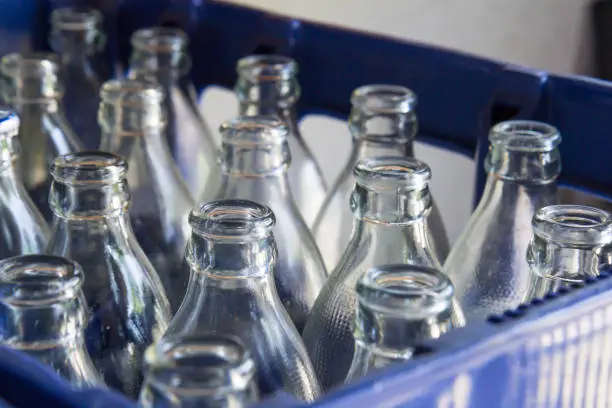
Choosing the right packaging material depends on a variety of factors, including product type, durability requirements, cost considerations, and environmental impact.
Glass offers premium quality and protection but is heavier and more fragile. Plastic is versatile and cost-effective but raises environmental concerns.
Paper is eco-friendly, customizable, and cost-effective but lacks the durability of plastic and glass. By considering the unique needs of your products and your brand, you can select the packaging material that best suits your goals and values.
FAQs
What is the most wasteful packaging?
Excessive Layers of Cardboard
Oversized Boxes for Small Items
Overuse of Styrofoam or Bubble Wrap
Unnecessary Branding Materials…
What packaging is the most environmentally friendly?
- Paper Packaging. Paper, when sustainably sourced and processed, is one of the most eco-friendly materials. …
- Biodegradable Bioplastics. The market for bioplastics, such as those made from Polylactic Acid (PLA), is emerging. …
- Recyclable Padded Mailers. …
- Eco-Friendly Boxes. …
Conclusion
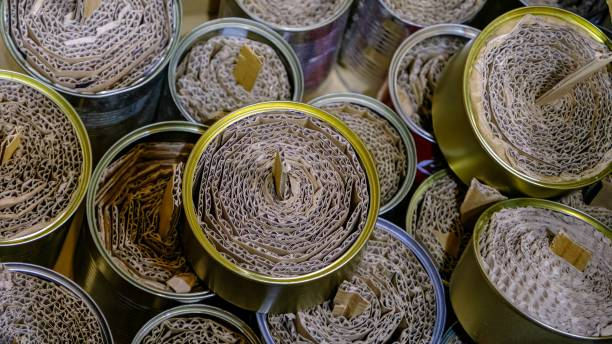
Both metal and cardboard boxes offer unique advantages depending on the requirements of your products. If you’re shipping heavy-duty or high-value items that need maximum protection, metal boxes are the superior choice.
However, if you’re focused on cost, sustainability, and lightweight packaging, cardboard boxes—especially cardboard storage boxes—are the better option.
Ultimately, the choice between metal and cardboard packaging should align with your specific needs, whether that’s protecting sensitive items, saving costs, or minimizing your environmental impact.


